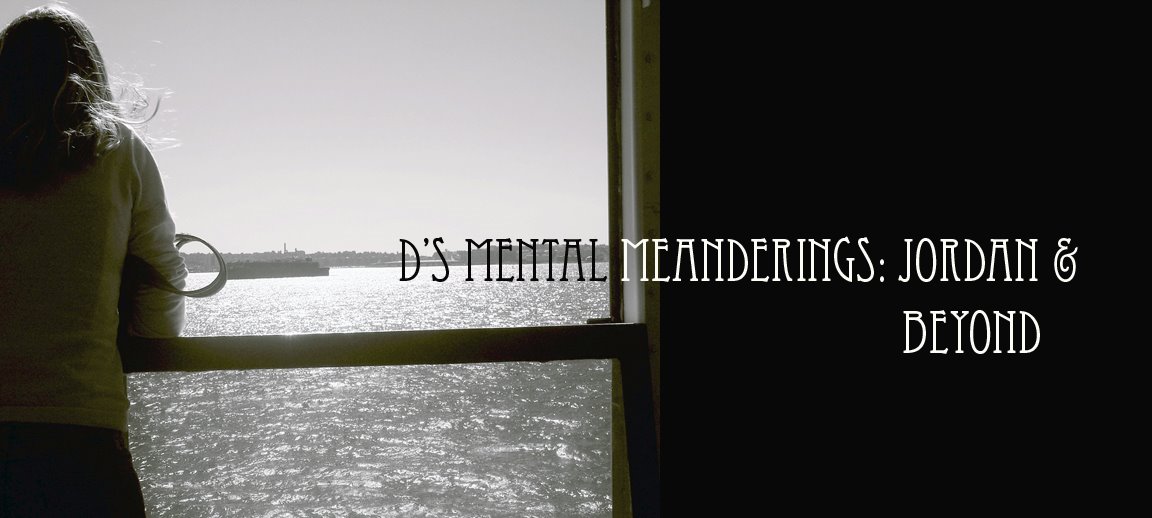
Posted: Apr 25, 2008 in Culture
Lida Abdul is the country's latest ethnic hybrid -- the Afghan-American.
At 14, she fled her native Kabul with her older brother to escape the Soviet occupation, which began in 1979 and ended 10 years later.
"My brother and I were sent out so that he wouldn't have to go to the military because no one ever returned," said Abdul, a 34-year-old video artist who was in town to open a new exhibit at the Indianapolis Museum of Art.
"The war was really brutal. So I lived with my brother. I grew up really on my own, with my brother, in India and Germany."
She moved to California in the early 1990s to study at the University of California-Irvine.
After the Soviet occupation, Afghanistan was overrun by Taliban extremists, and it currently remains at war as the new Afghan government and NATO forces battle those same Taliban fighters.
Abdul's video art -- very short films that are usually displayed in a gallery setting, not a theater setting -- typically deals with images of war and recovery in her homeland.
Do you remember the Soviet invasion?
I do remember the first time, the first day when the Russians invaded Afghanistan. All of a sudden, we had helicopters flying all over Kabul. You could hear the helicopters. The next thing, you could hear the tanks. The tanks were all over the cities, even in residential areas. You could hear the street cracking, the pavement breaking. It was really intense.
Do Afghans support NATO?
Afghans right now are happy that the NATO forces are in Afghanistan. They are pro-NATO forces. They felt really abandoned after the Russians left. They felt the international community really neglected them. They didn't have any roads. They didn't have food to eat. They fought for so many years against the Russians and that was where they felt really neglected. Now they feel someone is really paying attention to them.
One of your films shows a group of men trying to pull down ruins with ropes. What is the message there?
The question is: Is it possible to move away from the ruins or get rid of the ruins? That's the main question. And it's also speaking about the internal ruins. Can you get rid of the memory of the ruins, or does it always stay with you? What happens to memory, really? I don't have the answer, but that's the question I'm asking.
Who are your actors?
They are not actors. I never use professional actors because they are too composed, they are bringing too much history with them. But if I just use normal, everyday people, it's much more interesting. It's more about life, not a construction of some complex character.
Do ordinary people understand that when you recruit them to be in your films?
At first they don't understand what I'm doing. They think it's a little absurd, like painting the ruins white, or pulling the ruins down by rope. At first they didn't understand it. But from the very beginning of the piece until the end, there is a transformation. Then they understand. OK, this is really dealing with our history. We're really trying to focus on the condition that we're living under and where do we go from here? So, in that sense, I think that is a transformation and they understand.
How do you find the children who appear in your films?
It's really interesting. They're kind of silent. I have tried to understand and interview kids. There's a lot of silence. In some pieces that I've done, they perform their own trauma. There's one piece called "Umbrella" that I've done where a little boy is dancing in space endlessly on his own. I didn't ask him to do that. It's about this kind of repetition of the trauma. And usually, if you've noticed people who go mad, they usually repeat things a lot.
Do you show your films in Afghanistan?
Yes, I do.
Who is your audience?
Everyday people from all walks in life. They are really engaged in the arts and culture. Because of the culture and the tradition of the Persian literature and poetry, they have that already. There's a lot of storytelling and so on. There's a lot of theater. There are a lot of plays that they're interested in .....
We get mixed messages on the situation in Afghanistan. Is the country recovering from 30 years of war?
There's so much going on in Afghanistan. It's really interesting. It's an amazing place despite the war. My intention is to bring back the other aspects of Afghanistan that you don't get to see here in the United States or in Europe.
But we see so much devastation. Is that one of the points of your film, that life goes on?
Exactly. That's completely my point, that life goes on, even though there is war and destruction, that it doesn't stop people from moving on, from really progressing and having hope. Even though there's been 30 years of war, the Afghans are not feeling sorry for themselves. They're moving on. It's a culture that really has a part to it that's very loving, very positive.
Why did you want to study art in the United States?
I didn't know that I wanted to study art, actually. I was going to go to law school, then I dropped out because I realized it was not for me. I realized I wanted to do art because as a child, I was always drawing and painting, so somehow it returned. It was a memory I had of my childhood when I was working on my drawings, and I decided that I need to go back to that.
You split your time between Los Angeles and Kabul. Where do you want to settle?
I would really like to settle in Afghanistan. It would be very interesting to me as an artist. The fact that it's in transition from a war time to a peace time, from a state of disaster to a state of being more in construction, it is interesting. There are so many things that are happening. As a viewer, as someone who analyzes my environment, it's fascinating to see how something is built and how things are in transition. They have cell phones, but there are ruins. They don't have a car, but they have cell phones. It's between modernity -- they still have horses on the street. There's something nice about that.
If you go
Who: Lida Abdul, a video artist from Afghanistan whose work explores the history of destruction and political unrest in her country.
Exhibit: Video works "White House" (2005, 4 minutes, 58 seconds); "What We Saw Upon Awakening" (2006, 6 minutes, 50 seconds); "In Transit" (2008, 4 minutes, 48 seconds).
Where: Indianapolis Museum of Art, 4000 Michigan Road.
When: Now through Sept. 28.
Cost: Free.
Information: (317) 923-1331 or www.imamuseum.org.
- Interview by Abe Aamidor / Indianapolis Star


